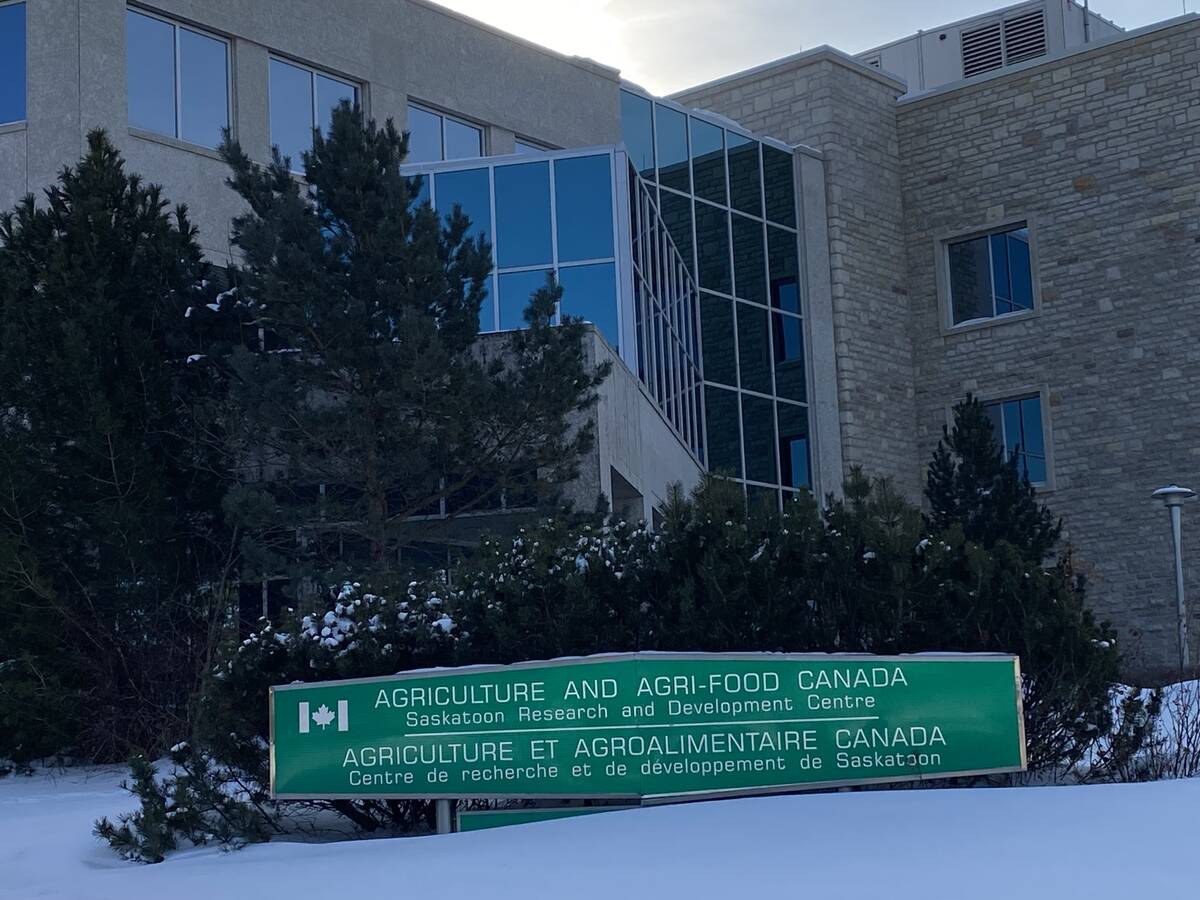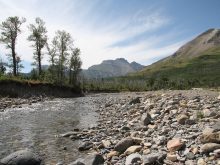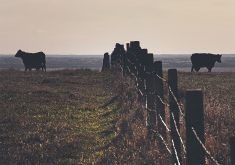On Nov. 25, 1,957 of the 6,007 eligible Crowsnest Pass residents voted in favour of Northback’s Grassy Mountain coal mining project in southwestern Alberta. This non-binding referendum excluded the 2,416 taxpayers who do not live there full-time.
The result will be used by the Crowsnest Pass Municipal District to lobby in support of the mine, though it is proposed for the next municipality, not theirs.
In 2021 , the provincial UCP government canvased provincially with 72 per cent of 25,000 respondents saying no to coal mining because it would have a detrimental impact on water and the environment. Sixty-two per cent said that, economically, coal industry revenues for the province didn’t warrant the probability for environmental damage.
Read Also

Don’t undermine the backbone of agriculture
Agriculture Canada and the dedicated public servants who work every day to support Canadian agriculture are a crucial pillar of the sector and they need support — not austerity.
Also in 2021, the federal minister of environment and climate change and the Alberta Energy Regulator concluded that the project would contaminate the Oldman watershed with selenium and other heavy metals. The project was not approved.
With complete disregard, in 2022, Premier Danielle Smith stated that her government would support the mine if Crowsnest Pass residents supported the mine. Clearly, 1,957 “yes” voters for a proven environmentally damaging project should not hold much sway over something that will negatively impact the water quantity and quality for downstream aquatic and terrestrial life and for over 200,000 Albertans for a very long time. This is a decision for all Albertans to make. Premier Smith would do well to respect this.
I attended Water 2.0, a public information forum in Nanton on Nov. 5 where a panel of four people, well versed in pro and anti coal development matters, made presentations and fielded questions. Here’s a link to that event (app.frame.io/presentations/f3c0cda4-5d02-46b3-876a-6251b14fdeb4).
Toxicologist Mandy Olsgard, M.Sc., P.Biol., presented her findings from a literature review, and references to studies indicated a strong correlation between air-borne coal dust and increased rates of mortality and illness from cancer, respiratory and cardiovascular diseases, and birth defects in humans.
Her study predicted similar risks could be expected from particulate matter as well as chemical deposition on nearby ranch lands and pasture with potential adverse effects in livestock.
Among various gas emissions associated with coal mining, nitrogen dioxide is most concerning as a key component in the generation of acid rain and the related acidification of water and soil. Oh oh, farmers, ranchers and fishermen won’t be too happy with this prospect.
Selenium is often the most discussed pollutant associated with coal mining. Though an essential element as a micro-nutrient, selenium concentrations released from coal mining are often very toxic, particularly for aquatic species. In aquatic systems, the allowable pollution concentration is just two micrograms/litre while livestock and humans are more tolerant with allowable release concentrations of 40-50 micrograms/l.
Northback may claim the ability to remove 95 to 99 per cent of the selenium, which sounds great, but even at 99 per cent removed, the coal mine effluent can still exceed aquatic guidelines by five to 10 times.
Currently, the lowest concentrations that selenium treatment technologies can attain are 3.5 micrograms/l (in saturated rock fill) and 11.4 (active water treatment) as reported from the treatment facilities at the Elk Valley Teck (Glenco) mines.
In 2021, they were fined $60 million for their selenium and nitrate pollution of the Elk and Fording rivers and since then have faced millions in fines despite spending over $1.2 billion in state-of-the-art water treatment measures.
The fact is, there is no technological fix for removing selenium to lawful (and safe) levels anywhere in the world.
Selenium bio-accumulates, which means that when it enters a system or organism, it stays and accumulates, drastically increasing the harm rendered. So, we know that immediate releases of selenium are likely to be toxic to aquatic life from the start and as time passes and selenium pollution continues to accumulate, travels hundreds of kilometres downstream, and will eventually be toxic in a matter of decades to livestock, wildlife and us.
Coal mining consumes a lot of water. A 2021 University of Calgary, Faculty of Law assessment of the proposed water demands submitted by Benga Mining Limited (now Northback) for the Grassy Mountain Mine determined that it was a significant under-representation based on consumption rates from comparative coal mining operations and concluded “the impact of mining in this region is expected to place a new stress on the already stressed water resources of the Oldman River Basin. And, this stress will be most acute during times of drought, when the potential for conflict between on-site water demands and between water license holders will be elevated.“
Simply put, there isn’t enough water for coal mining and we will likely be getting less in the future.
Smith’s government must not use a mere 1,957 pro-coal votes to support such a destructive industry. I don’t blame these residents wishing for a better future; I just wish the government would divert its pro-coal resources into developing a sustainable local economy for the deserving people of Crowsnest Pass.
Peter Jowett is from Fort Macleod, Alta., and a member of the Chinook Watershed Crew.















